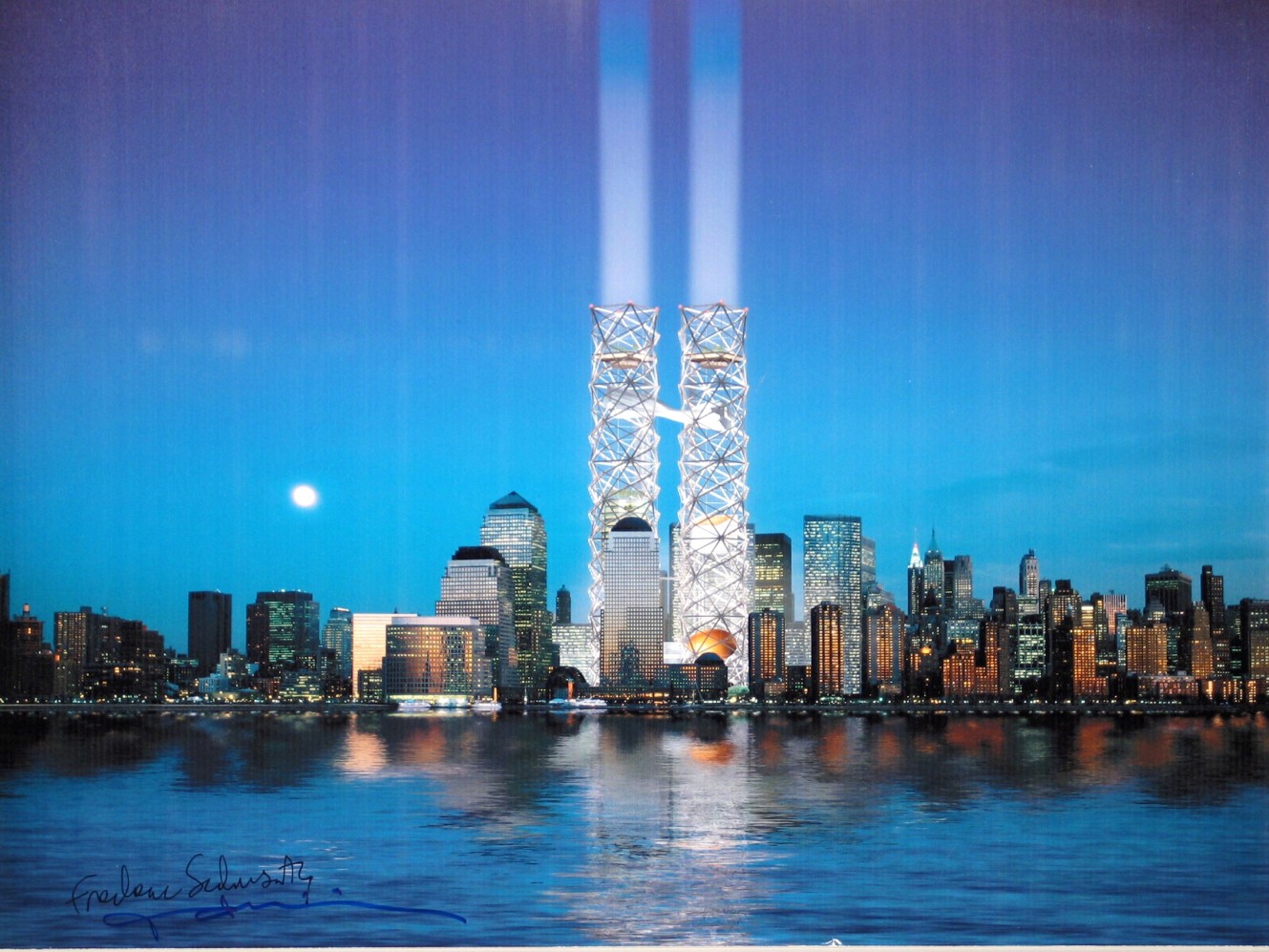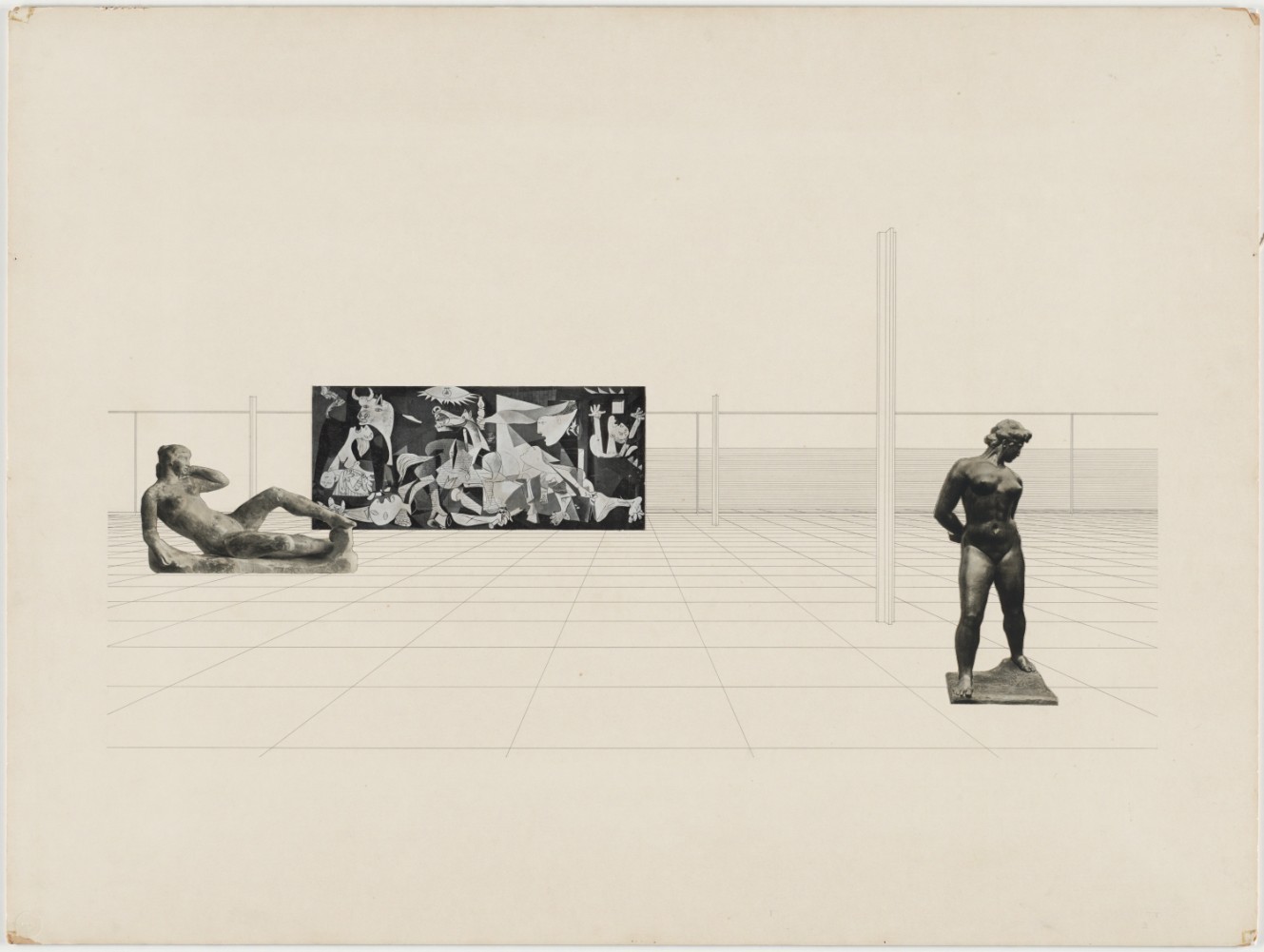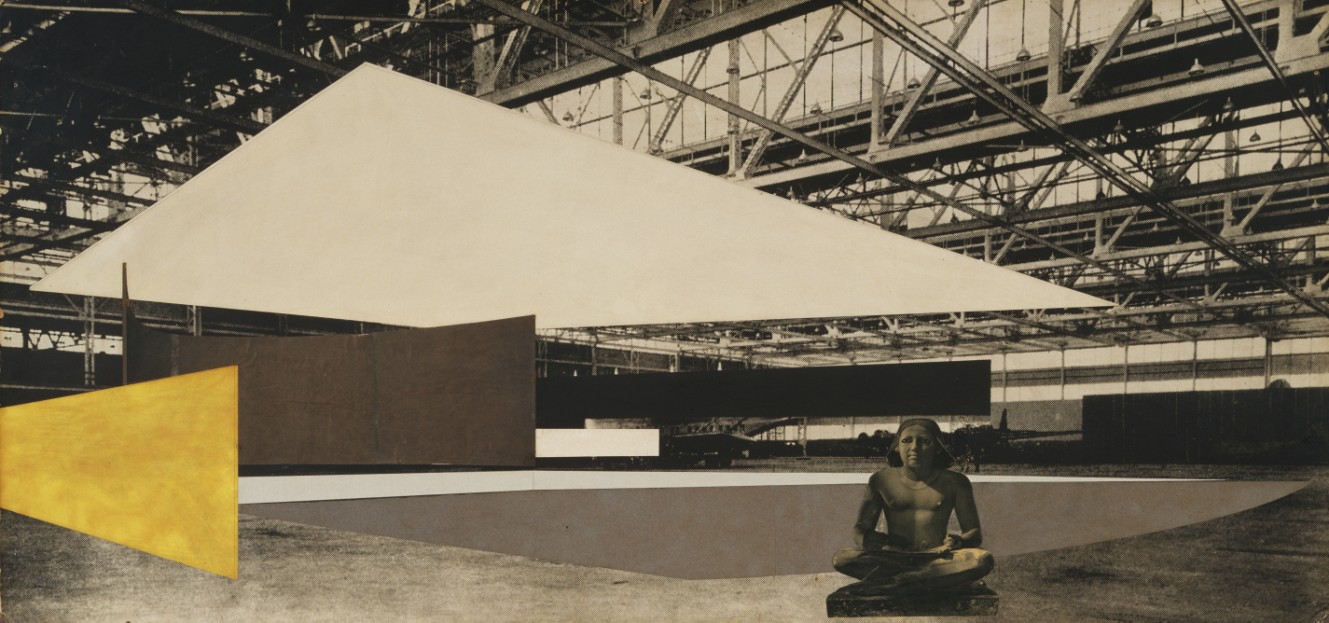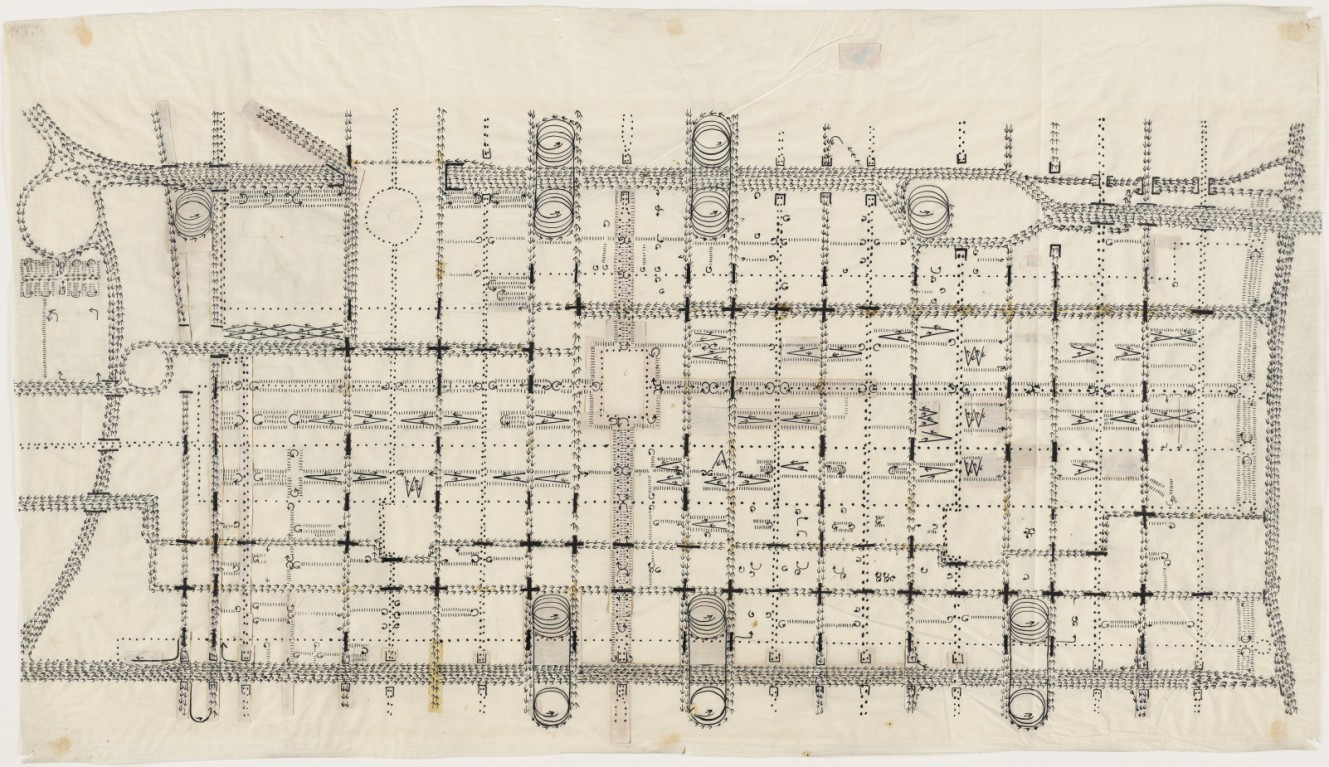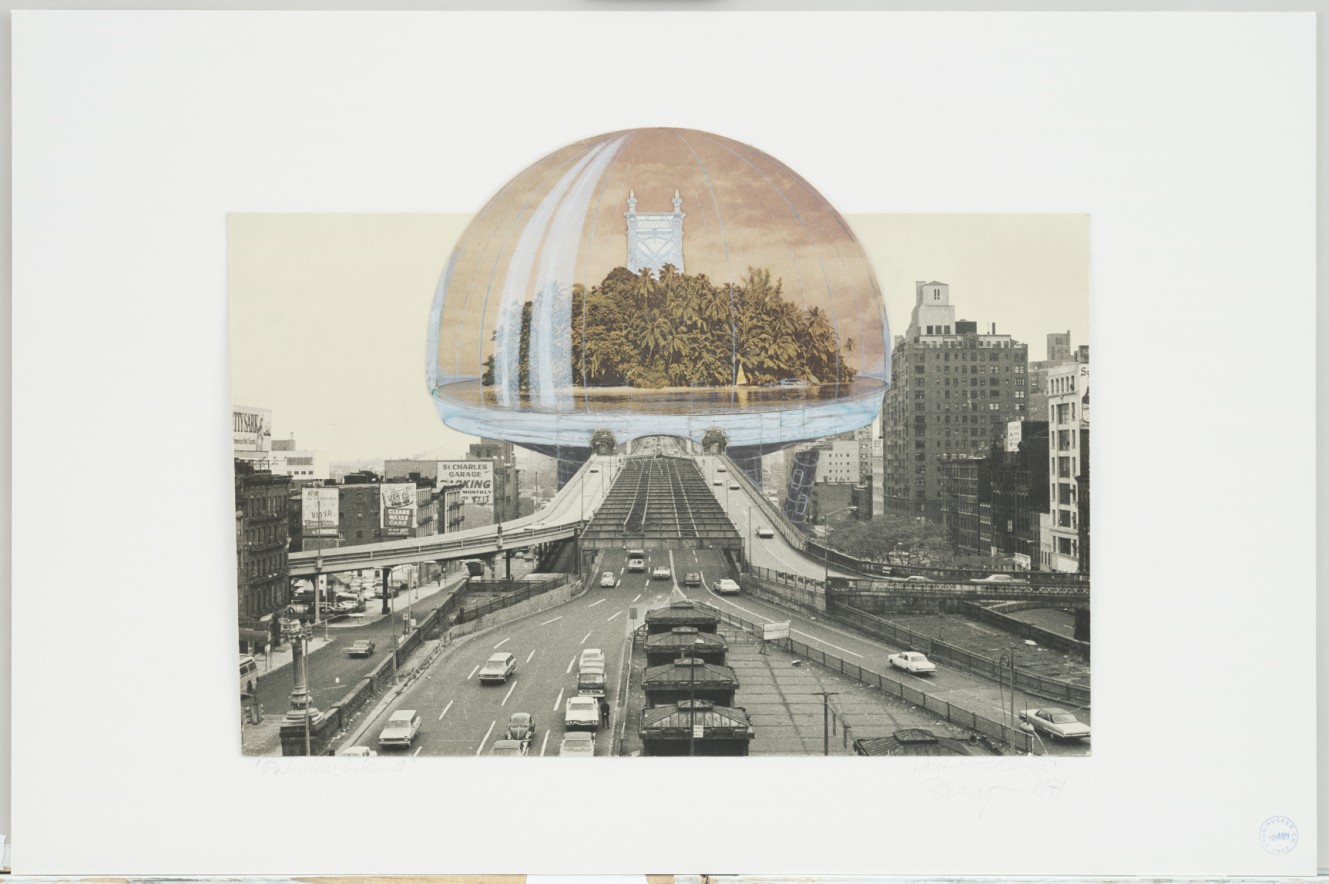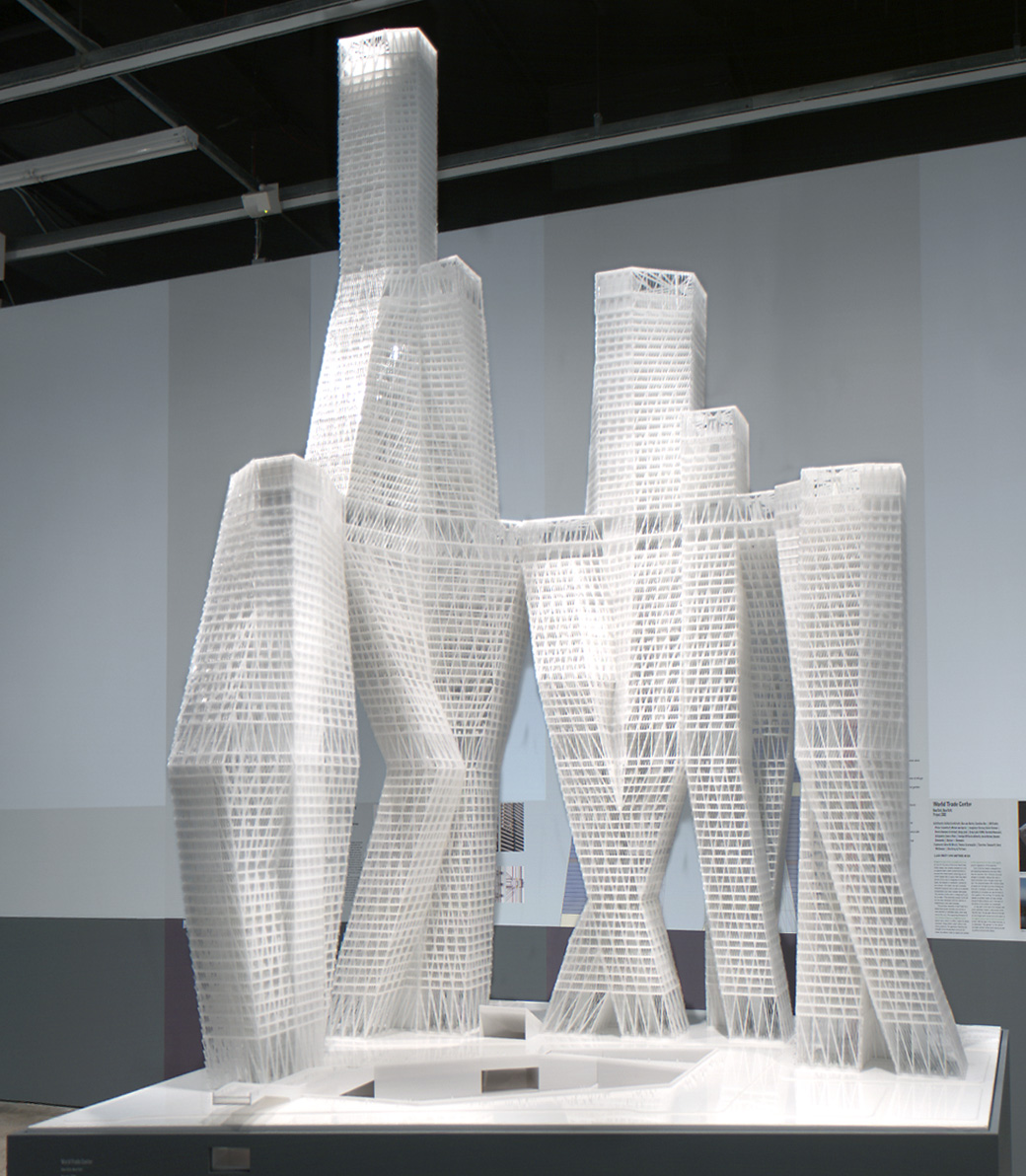The title comes from a project launched by Architectural Forum magazine in 1942, shortly after the United States entered World War II. They commissioned a group of 23 architects, including Mies van der Rohe, Kahn, and Eames, to imagine the future of the American city and design projects for a hypothetical post-war era the magazine labeled “194X.” Published in the May 1943 issue of the magazine, the projects envisioned an optimistic postwar period of growth and prosperity that would begin as soon as hostilities ended. Though none of the architects’ designs were carried out, the exercise helped redefine both urban community life and the relationship between architecture and urban planning.
Over a half century after Architectural Forum’s “New Buildings for 194X” project, the United States is again engaged in global conflicts and—in the wake of 9/11 and the financial downturn—is undergoing a major reconsideration of urban space. This year marks the 10th anniversary of 9/11, an event that catalyzed a spirited civic debate over urban and suburban form and ushered in a new era of architectural anticipation and uncertainty, giving rise to a flurry of urban rebuilding projects for New York City, some of which are only now seeing the light of day at Ground Zero.
When World War II ended in 1945, influential projects by leading architects such as Mies van der Rohe, in Chicago, and Kahn, in Philadelphia, responded to new federal urban policies. Among the results were superblocks—large-scaled city blocks that introduced pedestrian circulation, civic and cultural centers around raised plazas, and free-floating apartment complexes—that challenged existing city grids and scales. Among the most symbolically charged building project of the immediate postwar period was the creation of a building in New York City for the newly formed United Nations. The modern design, drawn largely from contributions from Brazilian architect Oscar Niemeyer and Swiss-born French architect Le Corbusier, and directed by the American Wallace K. Harrison, attempted to supplant national traditions and prejudices with a universal, progressive design, comprising the two central components of 39-story office building and assembly hall constructed within a large civic square. Early schematic drawings as well as a model of the Assembly Hall will be on view.
After the collapse of the World Trade Center’s twin towers, New York City was faced with an opportunity to reconsider not only the World Trade Center but also the planning of Manhattan’s historic downtown and waterfront. 194X-9/11 presents models and drawings by the some of the seven finalists chosen to propose designs for the World Trade Center site, including United Architects; THINK; a team including Steven Holl, Richard Meier, Charles Gwathmey, and Peter Eisenman as well as proposals by Morphosis. The exhibition also includes models of Studio Daniel Libeskind’s winning proposal for World Trade Center Tower 1 by Guy Nordenson and Skidmore Owings & Merrill.
